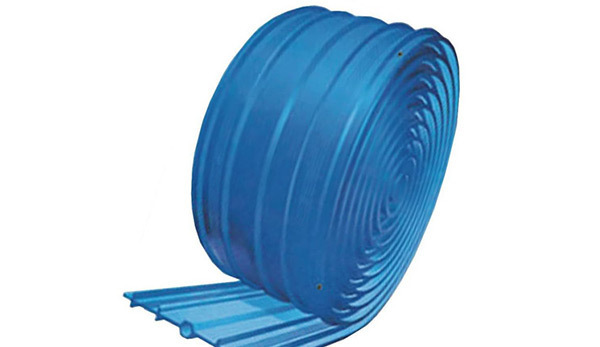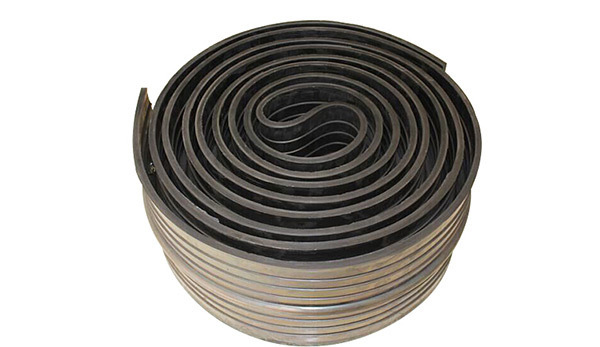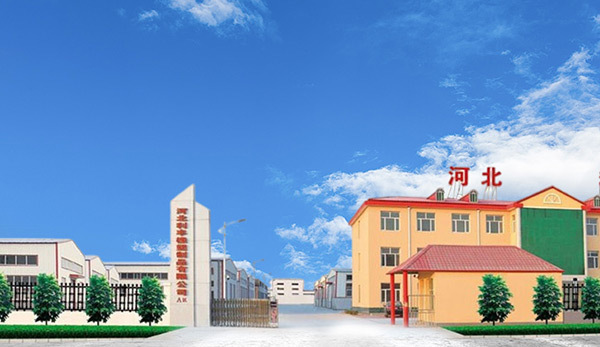Two-component polysulfide sealant (adhesive)
Key words:
Two-component polysulfide sealant (adhesive)
Two-component polysulfide sealant is made of liquid polysulfide rubber as the main material, combined with tackifying resin, curing agents, accelerators, reinforcing agents, and other components to create the sealant. This type of sealant has excellent resistance to fuel, hydraulic oil, water, and various chemicals, as well as heat resistance and atmospheric aging resistance. Generally, it is a curable type. It can be divided into two-component (or three-component) and single-component types based on components. Its processing uses a pre-mixing - grinding - filling method. Two-component polysulfide sealant is a leading waterproof material both internationally and domestically. In developed countries abroad, mid-rise buildings use polysulfide construction paste for wall joint sealing. Polysulfide waterproof sealant is suitable for long-term submerged building joint sealing, with good adhesion to concrete, such as: underground waterproof joints, aircraft runways, water storage tanks, sewage pools, underground projects, and large-scale water conservancy projects all use polysulfide sealant. It has aging resistance, durability, air tightness, and waterproofing properties, with good adhesion and high elongation rubber shape high elasticity. Domestically, this product has been used in some large reservoirs, water storage tanks, sewage pools, and underground projects, receiving high praise from engineering technicians.
Key words:
Two-component polysulfide sealant (adhesive)
Two-component polysulfide sealant is made of liquid polysulfide rubber as the main material, combined with tackifying resin, curing agents, accelerators, reinforcing agents, and other components to create the sealant. This type of sealant has excellent resistance to fuel, hydraulic oil, water, and various chemicals, as well as heat resistance and atmospheric aging resistance. Generally, it is a curable type. It can be divided into two-component (or three-component) and single-component types based on components. Its processing uses a pre-mixing - grinding - filling method. Two-component polysulfide sealant is a leading waterproof material both internationally and domestically. In developed countries abroad, mid-rise buildings use polysulfide construction paste for wall joint sealing. Polysulfide waterproof sealant is suitable for long-term submerged building joint sealing, with good adhesion to concrete, such as: underground waterproof joints, aircraft runways, water storage tanks, sewage pools, underground projects, and large-scale water conservancy projects all use polysulfide sealant. It has aging resistance, durability, air tightness, and waterproofing properties, with good adhesion and high elongation rubber shape high elasticity. Domestically, this product has been used in some large reservoirs, water storage tanks, sewage pools, and underground projects, receiving high praise from engineering technicians.
Key words:
A rubber steel edge water stop with a metal positioning component.
The rubber steel edge water stop belt is an embedded rubber water stop belt and is a commonly used form. The reason why the steel edge rubber water stop belt is widely used in deformation joints is that this material has good expansion deformation performance, especially the setting of holes on the steel edge rubber water stop belt, which increases the expansion deformation of the water stop belt when the main concrete structure settles unevenly. Therefore, it is very important to install holes on the water stop belt in the middle of the deformation joint. Currently, the rubber steel edge water stop belt is usually fixed with steel wire, but the problem with steel wire fixation during construction is that the water stop belt is prone to displacement during the concrete pouring process, causing the holes in the water stop belt to deviate from the deformation joint, failing to fully exert its excellent performance. From the above analysis, it can be seen that the existing rubber steel edge water stop belt lacks a rubber water stop belt that can remain stable and not shift during the subsequent concrete pouring process.
Rubber Waterstop Product Guide
Made from natural rubber or various synthetic rubbers as the main raw materials, mixed with various additives and fillers, and processed through plasticization, mixing, calendering, and vulcanization.
Latest Products















